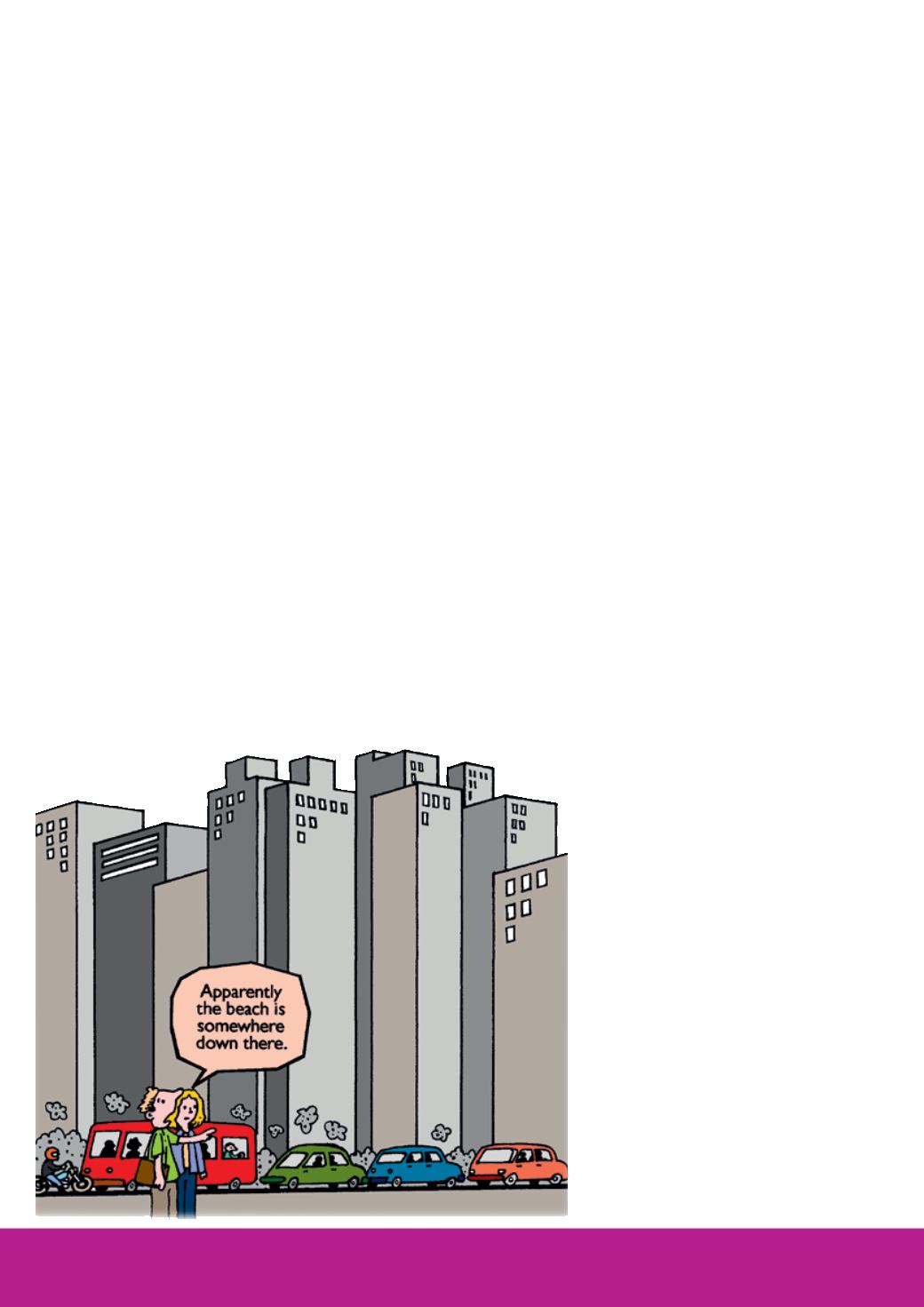
ISSUES
: Our Changing Population
Chapter 2: Global population issues
24
The future of cities: what is the global
agenda?
An extract from the report commissioned as part of the UK Government’s Foresight Future
of Cities Project.
By Emily Moir, Tim Moonen and Greg Clark
What will the urbanised world of the future
look like?
By 2050, it is expected that nearly 70% of the world’s
population will live in urban areas. Recent reports by the
UN anticipate some of the key differences between today’s
urban world and that of 2050:
There will be more cities…
The UN recorded that there were 1,551 cities worldwide in
2010. By 2030, that number is expected to have surpassed
2,000, with continuing growth to 2050. Cities of all sizes
are expected to continue to grow in number. For example,
whilst there are 43 ‘large cities’ with populations between
five and ten million in 2014, there are expected to be 63 by
2030.
...including more mega-cities.
The UN estimates that there will be more than 40 mega-
cities worldwide by 2030, each with a population of at least
ten million, compared to 28 today. It is thought that Delhi,
Shanghai and Tokyo will each have more than 30 million
people by 2030, and will be the world’s largest urban
agglomerations.
More people will live in bigger cities
Overall, 2.5 billion people will be added to the world’s
urban population by 2050. Today, almost half of the world’s
urban population live in cities with populations of less than
500,000. More people will continue to live in these smaller
cities than in any other city type, but their share of urban
dwellers is expected to shrink over time.
Urbanisation will continue to be an uneven
process
Almost all (nearly 90%) of the increase in urban population
by 2050 is expected to be concentrated in Asia and
Africa. By 2050, most of the world’s urban population will
be concentrated in Asia (52%) and Africa (21%). In more
advanced nations, urban population growth is almost
stagnant (0.67% on an annual average basis since 2010),
and in some cases is even decreasing: Japan is expected
to lose 12 million urban dwellers by 2050 and the Russian
Federation’s urban population is expected to decline by
seven million people. By comparison, the aggregate annual
population increase in six major developing country cities
– New Delhi and Mumbai, Dhaka, Lagos, Kinshasa and
Karachi – is greater than Europe’s entire population.
Even within the developing world, some
regions will experience more rapid and
widespread urbanisation than others
Africa will be the world’s most rapidly urbanising continent
between 2014 and 2050. It is projected to experience a
16% rise in its urban population – bringing
the percentage of people living in its cities
to 56%. Paradoxically, this degree of
urbanisation will still result in it being one of
the least urbanised regions of the world. The
fastest growing cities are, and will continue
to be medium sized cities and cities with
fewer than one million inhabitants, located
in Asia and Africa. Just three countries –
India, China and Nigeria – are expected
to account for 37% of the world’s urban
growth between 2014 and 2050.
As such, global urbanisation presents a
very wide range of different contexts for
considering the future of cities.
September 2014
Ö
Ö
The above information is reprinted with
kind permission from the Government
Office for Science. Please visit
uk for further information.
© Crown copyright 2015


